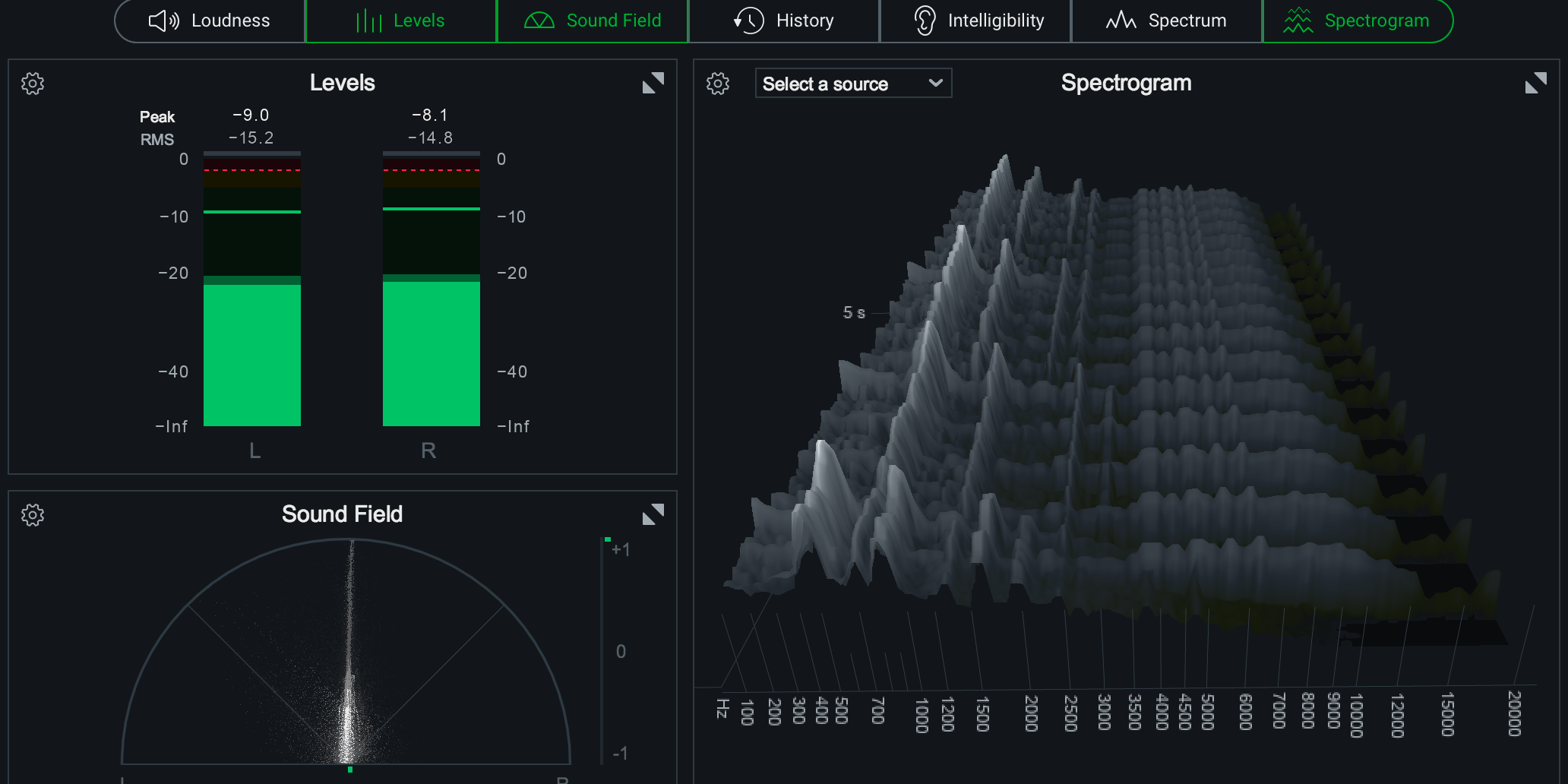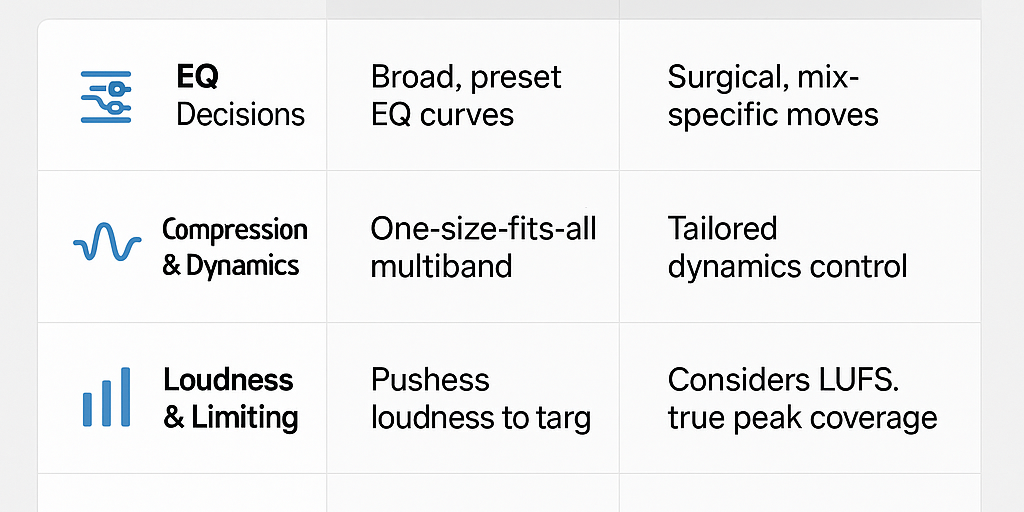While many people think of mastering as a digital process, there are still many people who release music on physical formats such as CD and vinyl. Mastering for these formats requires a different approach, as the audio needs to be optimized for the specific characteristics of each medium. In this blog post, we will take a closer look at the differences between mastering for CD and mastering for vinyl.
Mastering for CD
CDs are the most common physical format for music, and mastering for CD involves optimizing the audio for the specific characteristics of this medium. CDs use a digital audio format called PCM (Pulse Code Modulation), which stores audio as a series of numbers representing the amplitude of the audio waveform at a given moment in time. This allows for a very high-quality audio reproduction, but it also requires some specific considerations when mastering for CD.
One key consideration when mastering for CD is the dynamic range. CDs have a relatively wide dynamic range, which means that they can reproduce a wide range of volume levels. This is good news for mastering engineers, as it allows them to use a wide range of techniques to shape the sound of a track. However, it's important to use these techniques carefully, as over-processing can result in a distorted or over-compressed sound.
Another key consideration when mastering for CD is the bit depth. CDs use a bit depth of 16 bits, which allows for a relatively high level of resolution. However, some newer CDs use a bit depth of 24 bits, which allows for even greater resolution and a wider dynamic range. When mastering for CD, it's important to ensure that the audio is being delivered at the correct bit depth, to ensure the best possible sound quality.
Mastering for vinyl
Vinyl is a physical format that has seen a resurgence in recent years, and many people still prefer the warm, analog sound of vinyl records. Mastering for vinyl involves optimizing the audio for the specific characteristics of this medium.
One key consideration when mastering for vinyl is the dynamic range. Vinyl records have a much narrower dynamic range than CDs, which means that there is less headroom for loud sounds. This can be a challenge for mastering engineers, as it means that they have to be more careful about how they shape the sound of a track. It's important to avoid over-compressing or over-limiting the audio, as this can result in a distorted or over-compressed sound on vinyl.
Another key consideration when mastering for vinyl is the frequency response. Vinyl records have a limited frequency response, and certain frequencies are more prone to distortion than others. When mastering for vinyl, it's important to be aware of these limitations, and to use EQ and other techniques to shape the frequency spectrum of the track in a way that will sound good on vinyl.
Conclusion
Mastering for CD and vinyl requires a different approach, as the audio needs to be optimized for the specific characteristics of each medium. While CDs have a wide dynamic range and a high bit depth, vinyl records have a narrower dynamic range and a limited frequency response. By understanding these differences and using the right techniques, you can ensure that your tracks sound great on both CD and vinyl.



